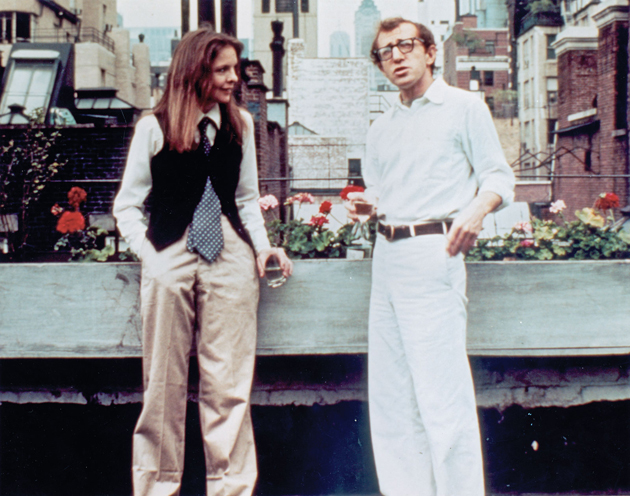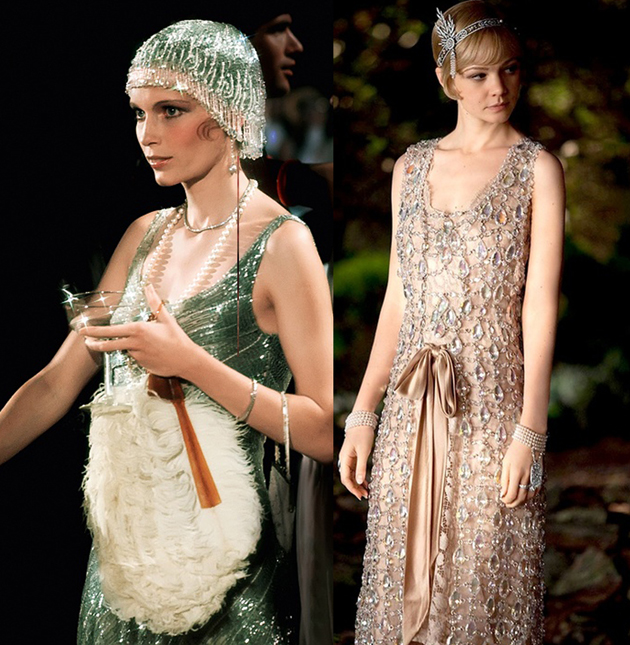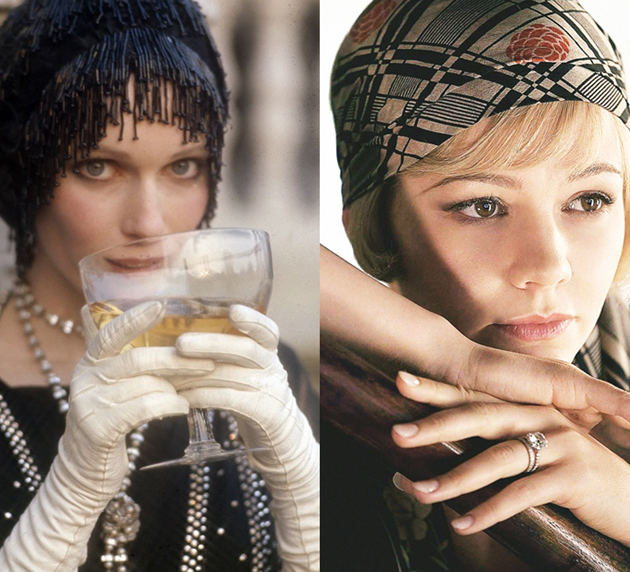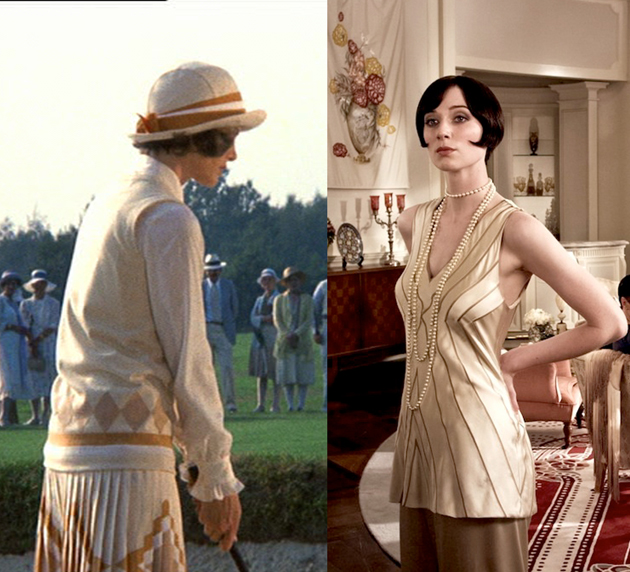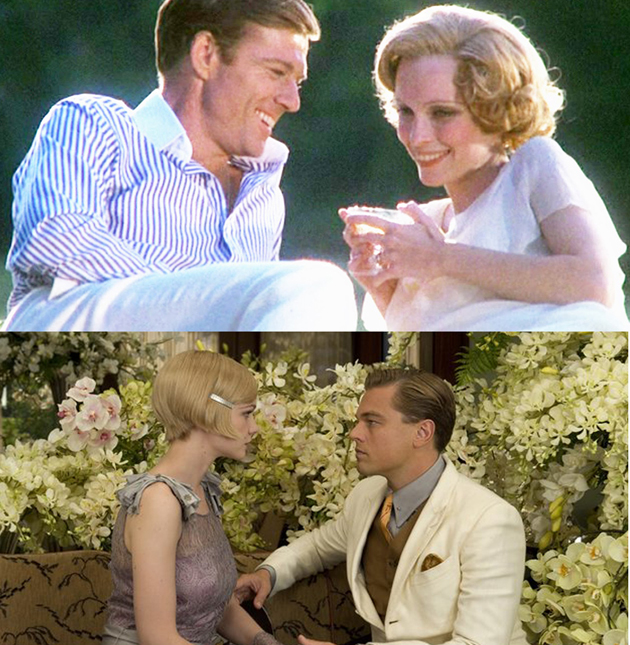Fashion moments are those flashes of fashion that linger longer than a season. It is not a mere description of a runway look but a piece of history or a definition of a memory. In Baz Luhrmann’s The Great Gatsby the costume design was almost as important as the storyline, which brought in mind a few other historical fashion moments.
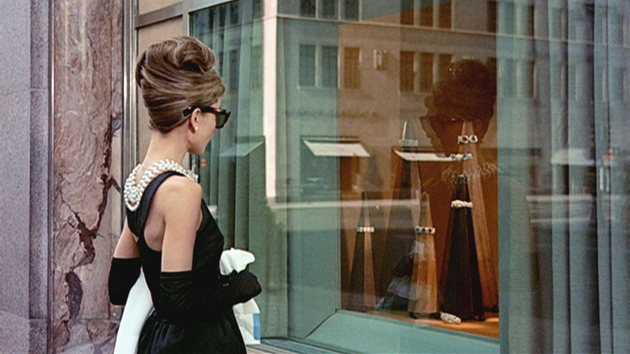
Audrey Hepburn walking down 5th avenue to the notes of Henry Mancini is an iconic scene from Breakfast at Tiffany’s. Her black dress was something that gave the little black dress a permanent place in the fashion hall of fame. The dress designed by Hubert de Givenchy was simplistic, yet the dipping back of the neck brought thoughts to the eastern culture of the Geisha giving it a unique quality. In a way this is something that can give an ironic comment on the Holly Golightly character.
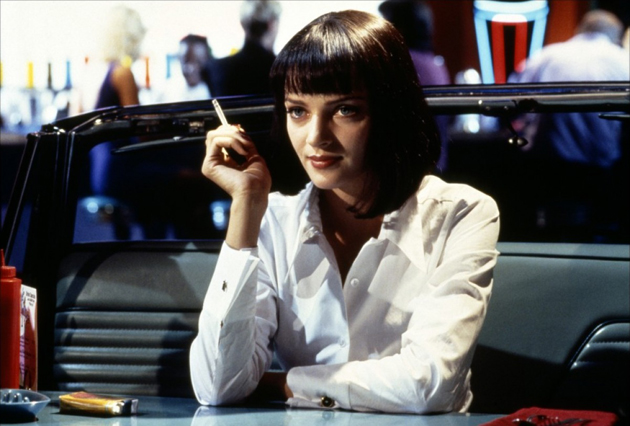
When receiving an Oscar as Best Actress for her role in Million Dollar Baby, Hilary Swank wore a dress by Guy Laroche, also glancing backwards. The dress consisted of 27 yards of silk and seemed quite demure in the front but surprised as the back was exceptionally low cut. The sheer surprise of the dress shape and the minimalistic feel helped to form a new opinion of the saying “less is more”.
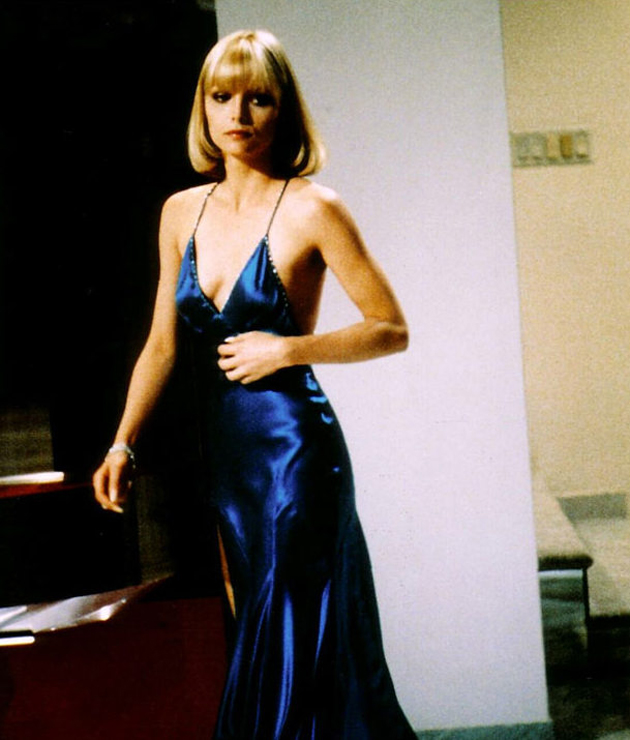
Diane Keaton’s Annie Hall reinvented the term “androgynous” through her look of layered menswear. Introducing the la Garçonne in a whole new way by mixing up a more dandy look with long hair and neutral makeup. The 70s have been a fashion inspiration for many years now, and the Annie Hall-look – which takes inspiration from other eras – creates a vague time continuum making it easier to be timeless.
These are a few trips down the fashion lane which is paved with many more moments. Uma Thurman in Pulp Fiction and Michelle Pfeiffer in Scarface are other perfect examples, everyone surely has their own favorites among the many. The paving keeps adding new stones to the lane such as the pink suit á la Gatsby.
